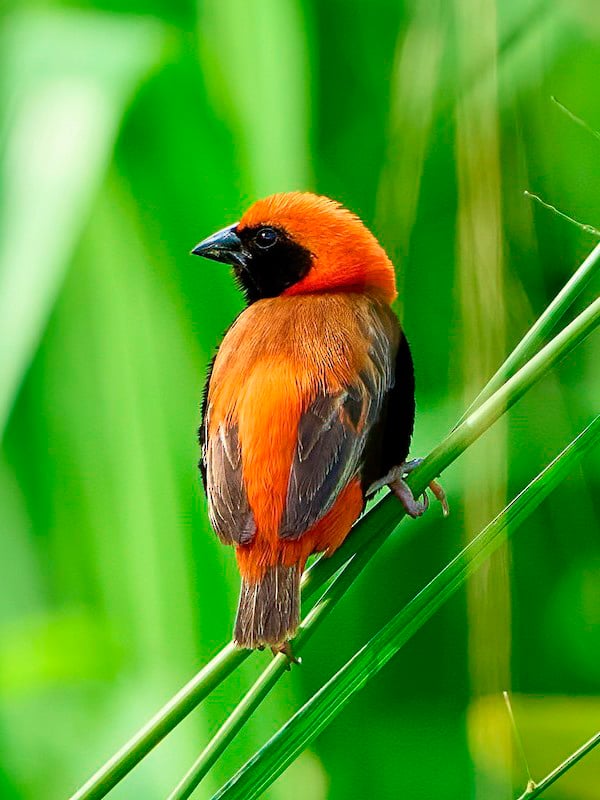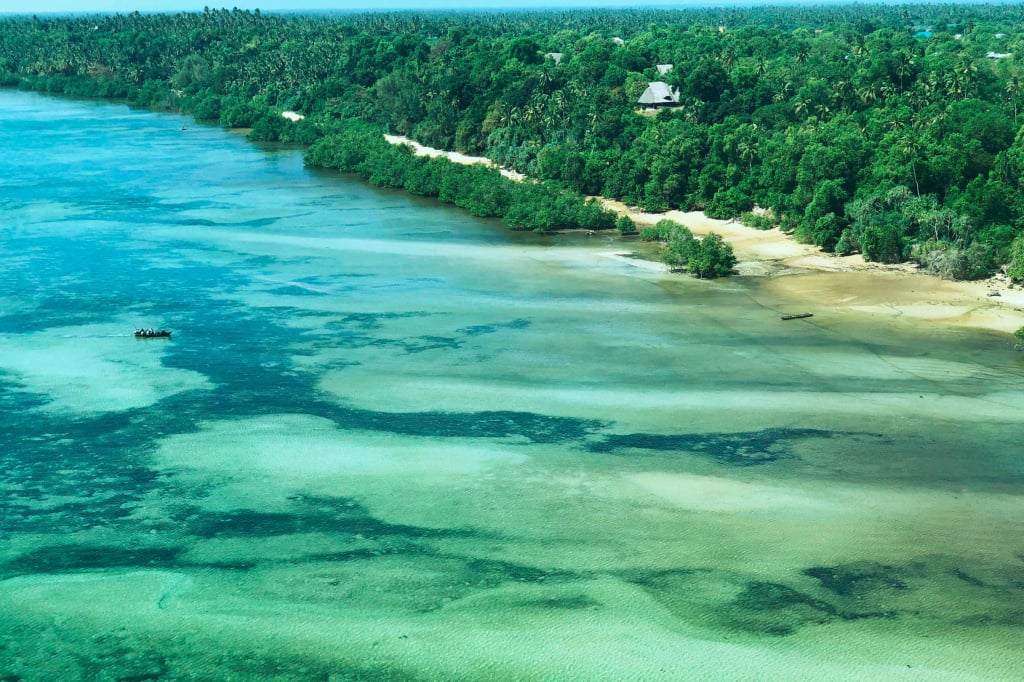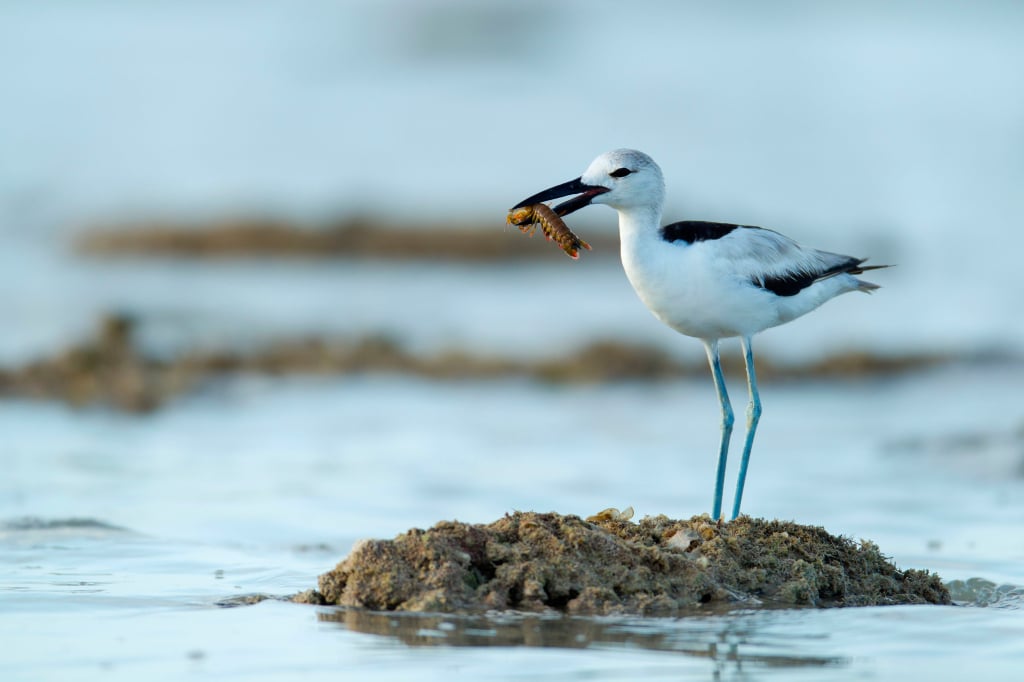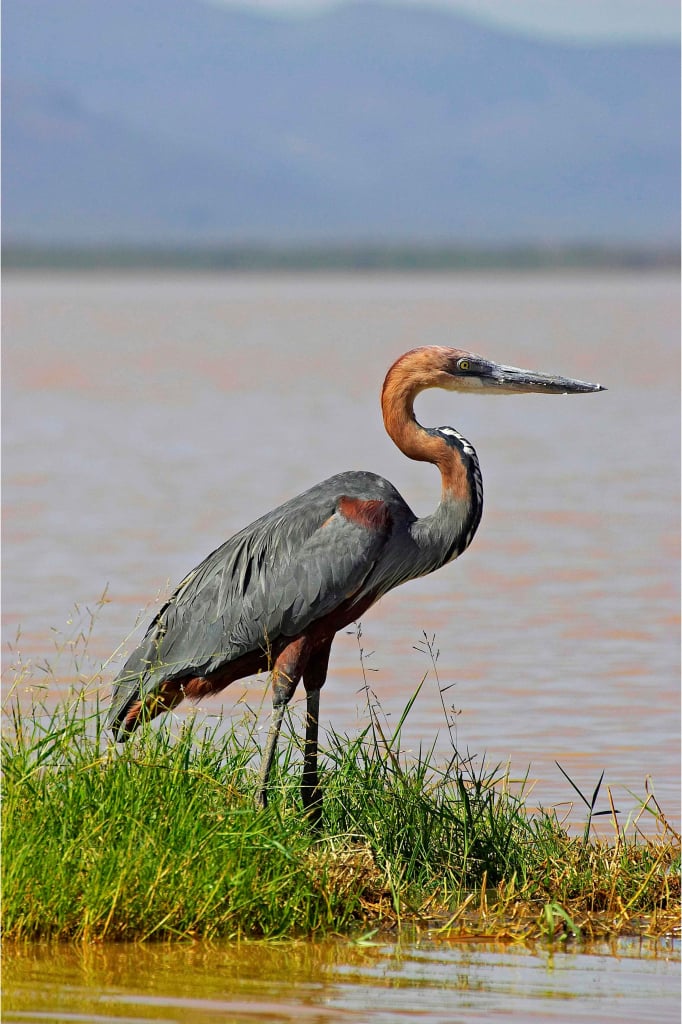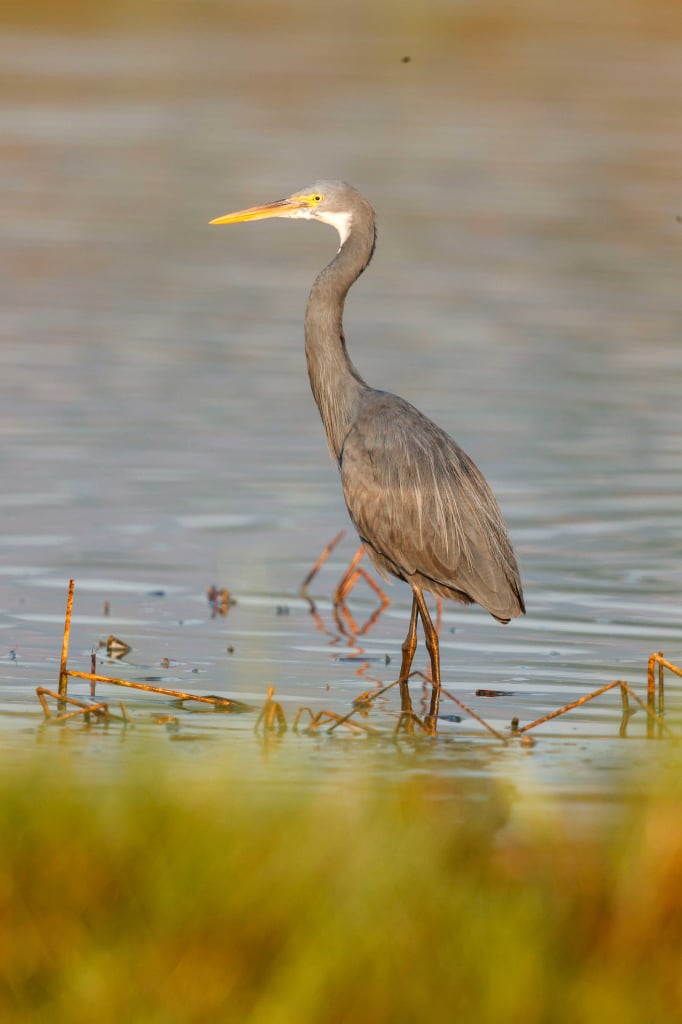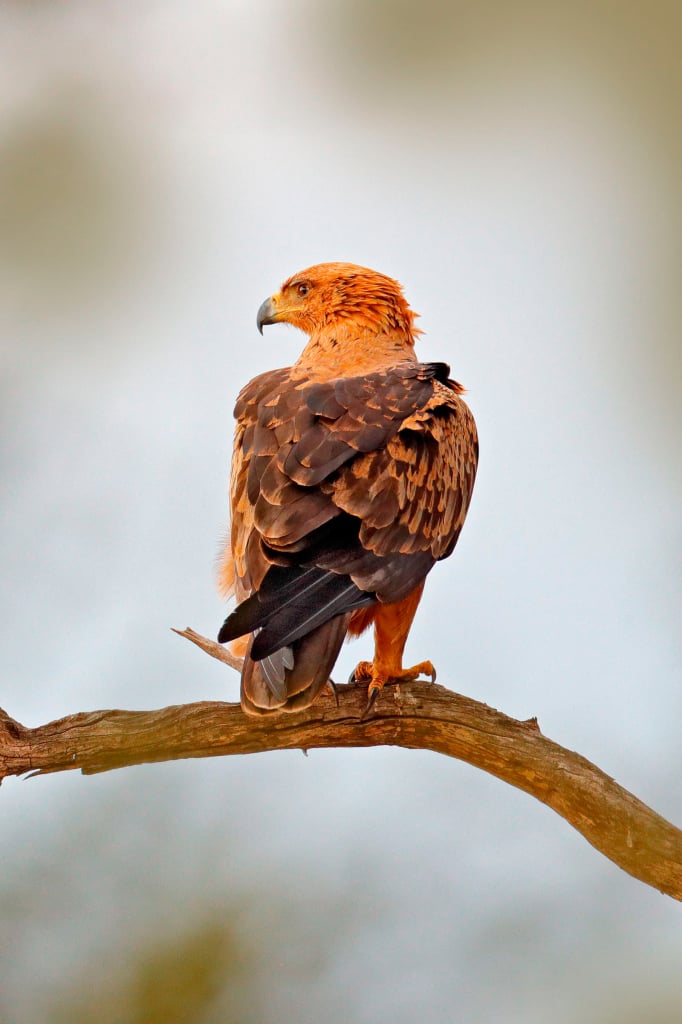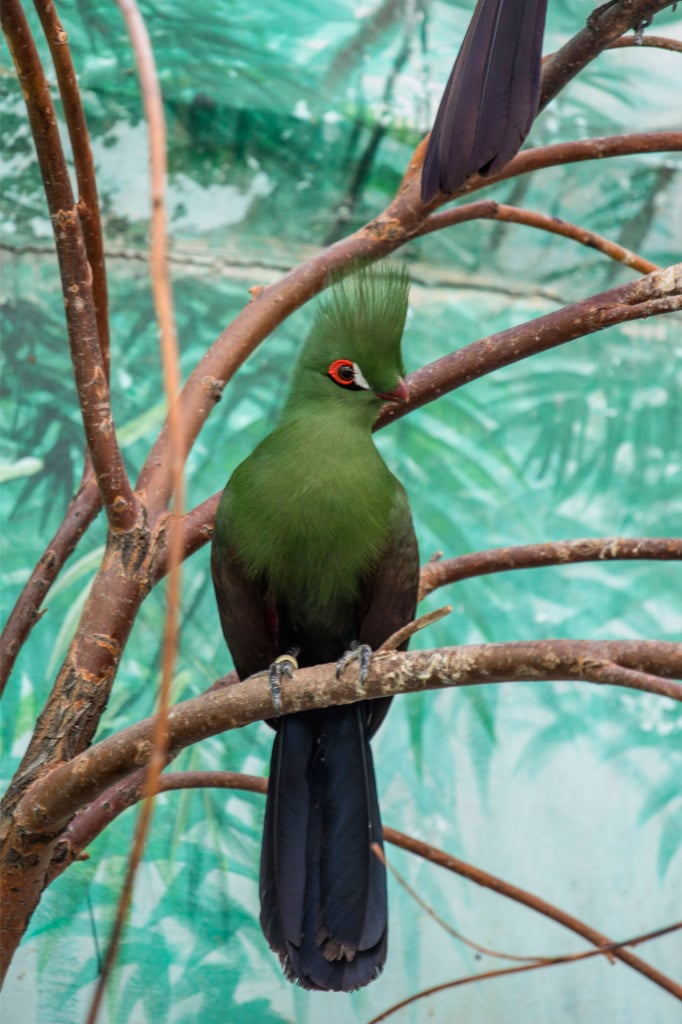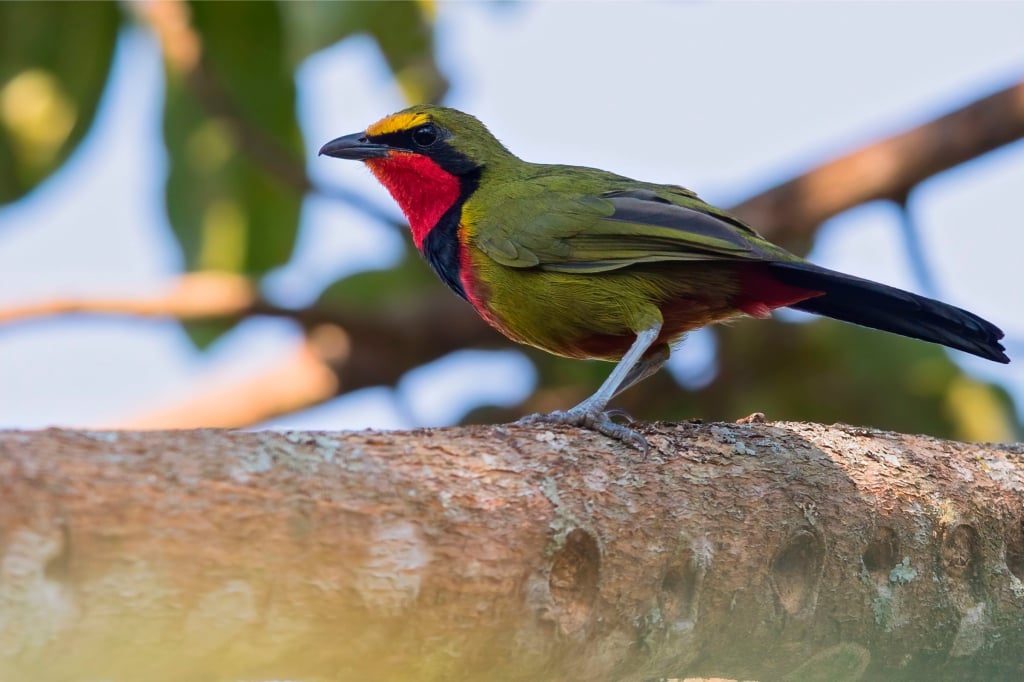Welcome to the ultimate guide to birdwatching in Tanzania, where we invite you to embark on a journey through the diverse bird habitats of this East African paradise. In this article, we will delve into the enchanting forests near the Indian Ocean and the captivating Mafia Island, both renowned birding destinations in southern Tanzania. Discover the remarkable bird species that inhabit these areas, as we provide you with an insider's perspective on the best places for birdwatching. If you're interested in the northern regions of Tanzania, be sure to check out our comprehensive guides to birdwatching in the Serengeti and Ngorongoro, as well as in Kilimanjaro and Arusha National Parks. Tanzania birding locations around Dar es Salaam, including Zanzibar island, are explored in another article. And the areas to the west of those described in this article can be found in our blog post about birdwatching in Selous, Nyerere, Mikumi and Ujungwa.
To the east of the famous Selous Game Reserve, there are many smaller locations that are interesting from an ornithological and birding perspective. Not all of them have known bird species lists, and some of these areas are too small to include in the selection, so we will mention the most interesting ones that become worthy destinations for those looking to go on a Tanzania birding tour.
Rufiji District Coastal Forests
Out of the 20 forest reserves in Rufiji District, only two have been adequately explored - small forest fragments located between the Selous and Rufiji River Delta.
These areas offer a unique opportunity to observe fascinating bird species, including the Southern Banded Snake Eagle (Circaetus fasciolatus), African Pitta (Pitta angolensis), Forest Weaver (Ploceus bicolor), Little Yellow Flycatcher (Erythrocercus holochlorus) and Livingstone's Flycatcher (Erythrocercus livingstonei). The latter two species share different riverbanks - the yellow one inhabits the northern bank of Rufiji, while its close relative (Livingstone’s Flycatcher) occupies the southern bank.
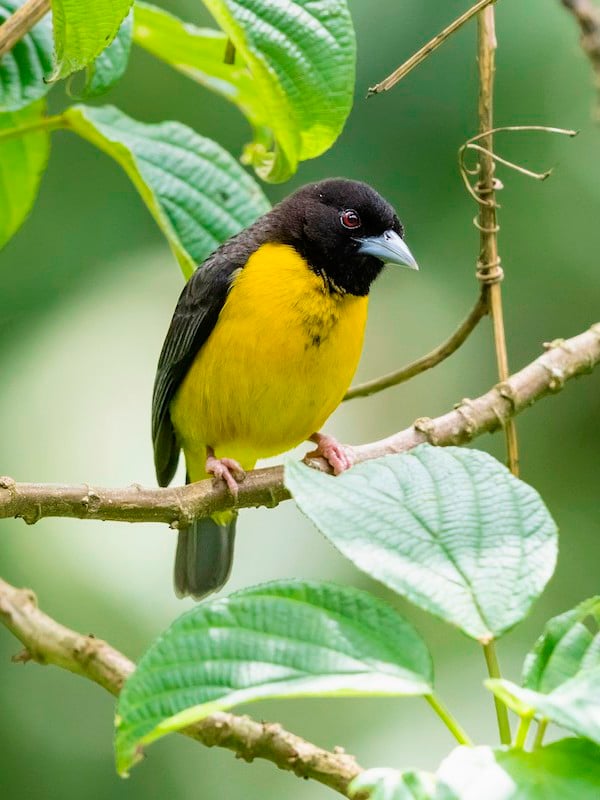

Typical species for this area are the Brown-headed Parrot (Poicephalus cryptoxanthus), Pale Batis (Batis soror) of the wattle-eyes family (Platysteiridae), Gorgeous Bushshrike (Telophorus viridis), Uluguru Violet-backed Sunbird (Anthreptes neglectus) and, for example, Zanzibar Red Bishop (Euplectes nigroventris).
The Rufiji River Delta at the confluence with the Indian Ocean will be omitted here since there are not many species studied in this area, though bird watchers will be interested in exploring those places as well.
Mafia Island
Mafia is a group of islands situated opposite the Rufiji Delta, 25 kilometers (15,5 miles) from mainland Tanzania in the Indian Ocean. The archipelago consists of the main island, also known as Mafia, as well as several small islands and sandy islets that appear temporarily during low tide. The islands are made up of coral rock, making them popular among both divers and wildlife conservationists. Tanzania's first marine park was established on Mafia Island.
Mafia's ecosystem includes mangrove swamps, shrubs, grasslands, and some coastal forests that have been degraded due to expanding agriculture. Despite this, the ornithological zone of Mafia Island, which encompasses Chole Bay, the southern coast of the main island, neighboring islets, and the waters between them, is home to around 200 bird species.
One particular species found in large numbers on Mafia Island is the Crab-plover (Dromas ardeola), which is native to the Indian Ocean coast. They are so named because they feed on a variety of crustaceans and have a powerful beak that can break through the hard shells of crabs and mollusks. Watching them hunt their prey is fascinating, as they quickly creep up on their victim and strike with a swift blow before cutting it up. Hundreds of Crab-plovers can be observed on the shores of Chole Bay.
Large numbers of such migrants as the Curlew Sandpiper (Calidris ferruginea), Terek Sandpiper (Xenus cinereus), and Grey Plover (Pluvialis squatarola) are observed here.The Greater Crested Tern (Thalasseus bergii), a magnificent member of the Laridae family, thrives in these regions. This remarkable bird earned its name from the striking black crest adorning the back of its head. Its charismatic appearance makes it a perfect candidate for any movie company seeking to create a captivating bird character in an animated film.
Greater Crested Terns mainly consume fish, but they occasionally include shellfish and crustaceans in their diet. Due to their exceptional eyesight, which enables them to see far into the distance and even through light fog, these birds are able to spot schools of fish underwater. This is due to the specialized structure of their retina, which contains red oil in its cones that enhances contrast. The shores of the small islands south of Mafia are a preferred feeding area for the Greater Crested Terns.
Another magnificent bird species that can be found on the islands are the Goliath Herons (Ardea goliath), named after their colossal size, which can reach up to 152 centimeters (5 feet) in height. Goliath Herons are skilled at catching large fish, but they must remain cautious as their prey can be taken by other species such as storks, pelicans, and even eagles.
Other birds observed here include the Western Reef Heron (Egretta gularis), White-browed Coucal (Centropus superciliosus) aka the Lark-heeled Cuckoo, and the Bearded Scrub Robin (Cercotrichas quadrivirgata). More precisely, we are talking about the subspecies Cercotrichas quadrivirgata greenwayi. This bird is endemic to Mafia, and Unguja - the island better known as Zanzibar.
Kilwa District Coastal Forests
South of the Rufiji River Delta between the Selous and the Indian Ocean is Kilwa District, which contains 15 forest reserves that are combined into one important bird area. Not all of those smaller reserves are well studied, so there is not much data on the species that live there. This area consists of lonely low hills, woodlands and mangroves.
Of interesting species you can see here we can mention the Plain-backed Sunbird (Anthreptes reichenowi), the Southern Banded Snake Eagle (Circaetus fasciolatus) common on the Tanzanian coast, and other raptors such as Wahlberg's Eagle (Hieraaetus wahlbergi), Ayres's Hawk-eagle (Hieraaetus ayresii), Crowned Eagle (Stephanoaetus coronatus) and African Cuckoo-hawk (Aviceda cuculoides). The latter is very interesting to watch because ornithologists know little about the behavior of this species. It is a very secretive bird that lives and hunts alone. The cuckoo-hawk is not common, so observing and photographing this bird is a difficult task for the most patient. The African Cuckoo-hawk prefers forests and sometimes more open areas, such as savannahs with shrubs or gardens on the outskirts of cities.
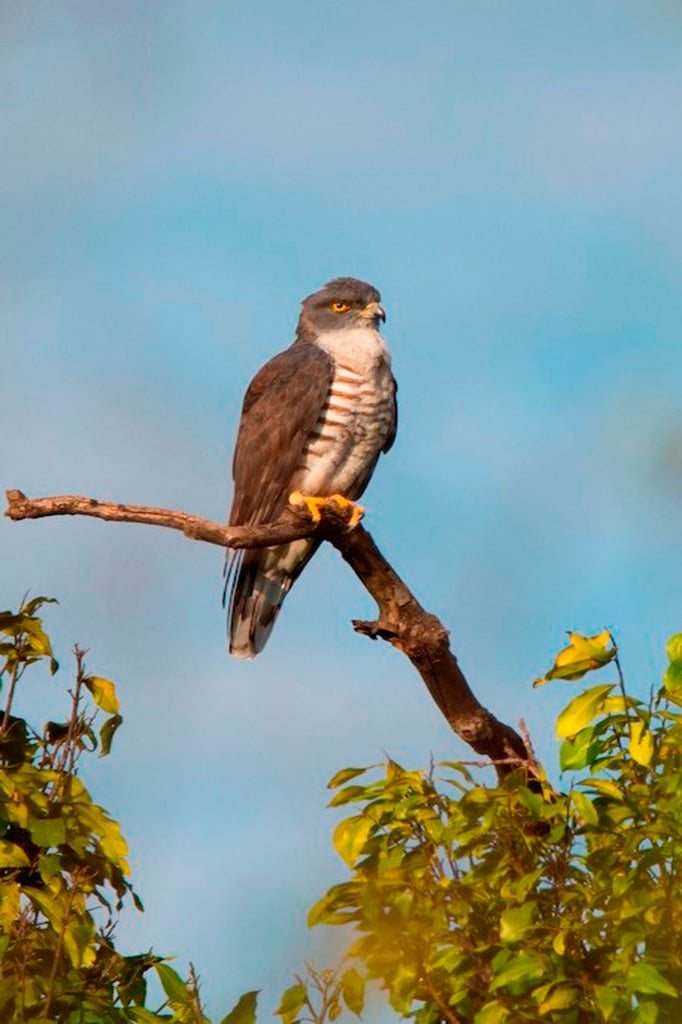
The Spotted Ground Thrush (Geokichla guttata) can be seen in these areas from November through May, but it will also take some luck. This is a large thrush with dark spots on the underside of its body. For all the expressiveness of its appearance, the spotted thrush is quite difficult to see. In addition, it is a generally rare species that is unfortunately in danger of extinction due to habitat loss.
One of the migrant species that makes its appearance in these parts is the European Honey Buzzard (Pernis apivorus), a member of the Accipitridae family. It has different names in different languages, but the names that refer to wasps rather than bees or honey are correct. These buzzards are interested in wasp larvae and pupae, which they harvest by destroying their nests in the ground. The bird can sit for long periods on the lower branches of trees, tracking down wasps that fly by and finding their homes. It then flies off the branch, destroys the nest with its eyes closed, and retrieves its favorite treat. Its thick plumage protects it from wasp stings. Sometimes the European Honey Buzzard supplements its diet with the larvae of bumblebees and bees, as well as with frogs, mice, small birds, and, rarely, fruit.
Other migratory birds wintering in coastal southern Tanzania are the Amur Falcon (Falco amurensis) and the Sooty Falcon (Falco concolor).
As for the local inhabitants, every birder will be glad to catch a sight of such beauties as the Livingstone's Turaco (Tauraco livingstonii) and Purple-crested Turaco (Gallirex porphyreolophus). The latter can be found in many sources under the name Tauraco porphyreolophus. Both these representatives of Turacos are bright, colorful and very beautiful. The latter is considered the national bird of the Kingdom of Eswatini, a country in southern Africa that used to be called the Kingdom of Swaziland.
The Barred Long-tailed Cuckoo (Cercococcyx montanus) can also be found in these areas. As a nesting parasite, it has several victims. In Tanzania, those often include the Sharpe's akalat (Sheppardia sharpei). One of the most beautiful birds in the region is the Böhm's Bee-eater (Merops boehmi). They typically can be found in well-lit dense forests, in this case in the coastal zone. In more sparse forests, you can encounter the Böhm's Spinetail (Neafrapus boehmi). Both species are named after the German explorer of Africa and zoologist Richard Böhm, who courageously traveled in the 18th century, first to Zanzibar, then to mainland East Africa and the territories of modern DR Congo. Böhm was one of the first scientists here, actively studying local birds and mammals. He discovered many new species of birds and sent many ornithological reports to Europe. Sadly, he died at the age of 29 after a bout of malaria deep in Africa near Lake Upemba, which he discovered.
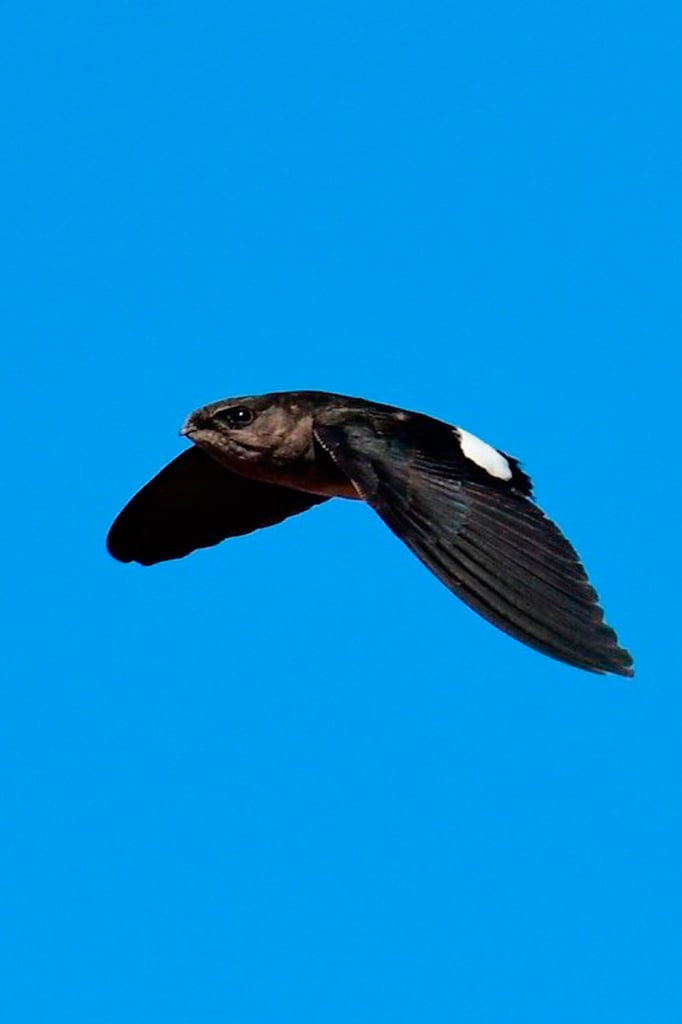
Several species of Phyllastrephus (which consists mainly of greenbuls) can be seen in the forest reserves of Kilwa District, as well as, for example, Red-tailed Ant Thrush (Neocossyphus rufus), and Bearded Scrub Robin (Cercotrichas quadrivirgata), which is considered endemic to Unguja and Mafia Islands, but also appears in the mainland area just south of the archipelago.

Lindi District Coastal Forests
The Lindi District is located in southeastern Tanzania. The ornithological area includes several forest reserves. These are all fragments of forest standing on plateaus or on small rises and ridges. Only half of all of the forest areas have been explored here.
Among the species inhabiting them, there are known populations of East Coast Akalat (Sheppardia gunningi) and Spotted Ground Thrush (Geokichla guttata). Green Barbet (Stactolaema olivacea), whose favorite delicacy is figs, and a bird with a beautiful appearance and voice - the Green-headed Oriole (Oriolus chlorocephalus), have also been spotted. It has an olive-green breast and a yellow belly.
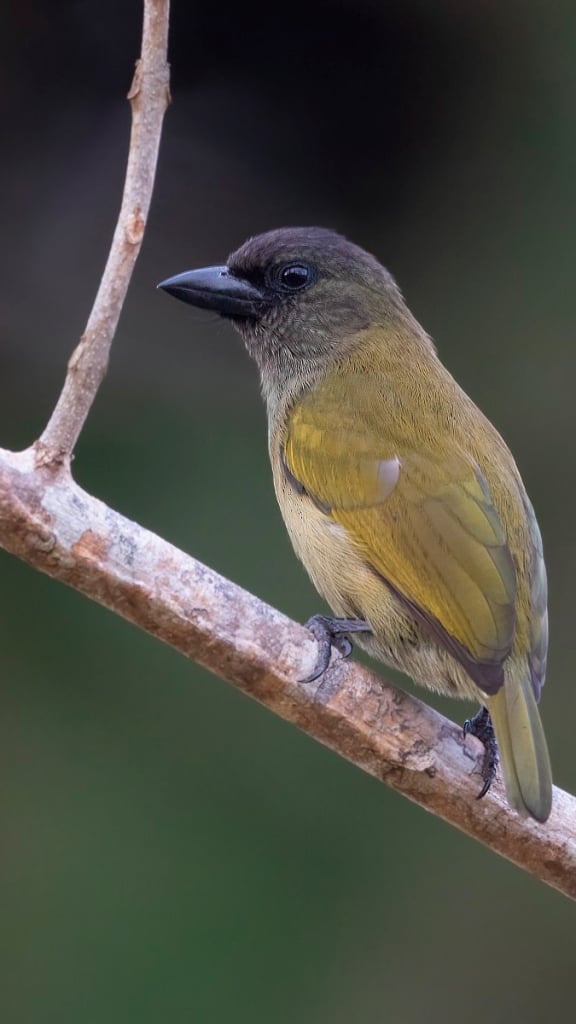

There are no high mountains here, but nevertheless, the presense of some mountain species such as the White-chested Alethe (Chamaetylas fuelleborni) and Many-colored Bushshrike (Chlorophoneus multicolor/Telophorus multicolor) was reported. The latter bird is not typical for Tanzania, making its discovery in the Lindi forests an interesting find requiring confirmation from experienced birdwatchers.


The Dark-backed Weaver (Ploceus bicolor), Kretschmer's Longbill (Macrosphenus kretschmeri), Livingstone's Flycatcher (Erythrocercus livingstonei), and African Pitta (Pitta angolensis) were observed here also. As rivers flow down from the plateau, there are also birds that live permanently near water, such as the African Finfoot (Podica senegalensis) and White-backed Night Heron (Gorsachius leuconotus).
Other typical inhabitants of the area are the Black-bellied Starling (Notopholia corusca), Gorgeous Bushshrike (Telophorus viridis), and Southern Banded Snake Eagle (Circaetus fasciolatus).
Even further south, almost near the border with Mozambique, several small ornithological zones are identified, but they are very poorly studied, so we will not describe the Newala and Mtwara areas together with the Mnazi Bay. Besides, they are not very different from the more northern locations, which we have already described.
Thank you for joining us today on this journey, and we hope to see you here in Tanzania one day! You can read about all the other bird-watching locations in Tanzania in Altezza Travel's overview article "Tanzania. Top 10 Locations for Birdwatching".













